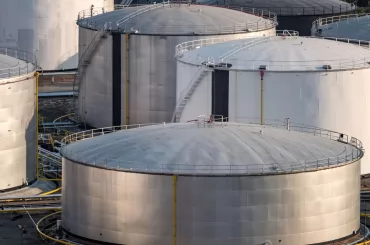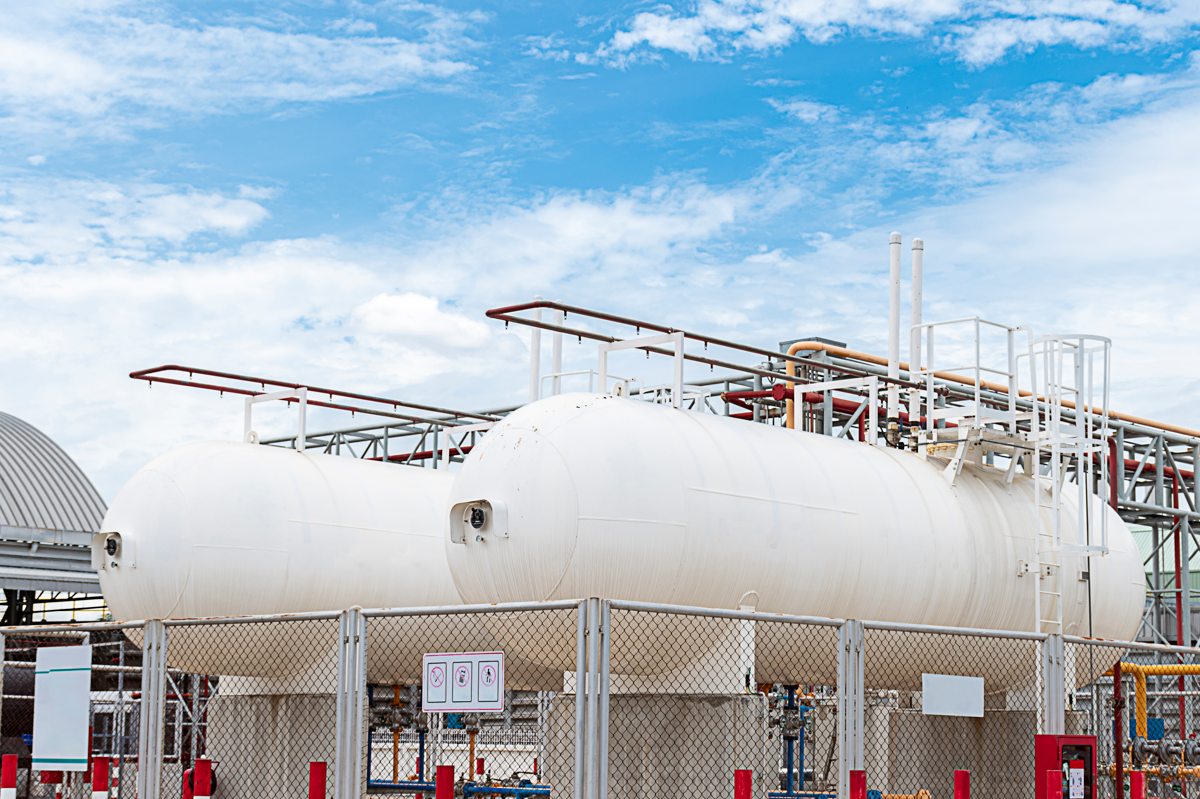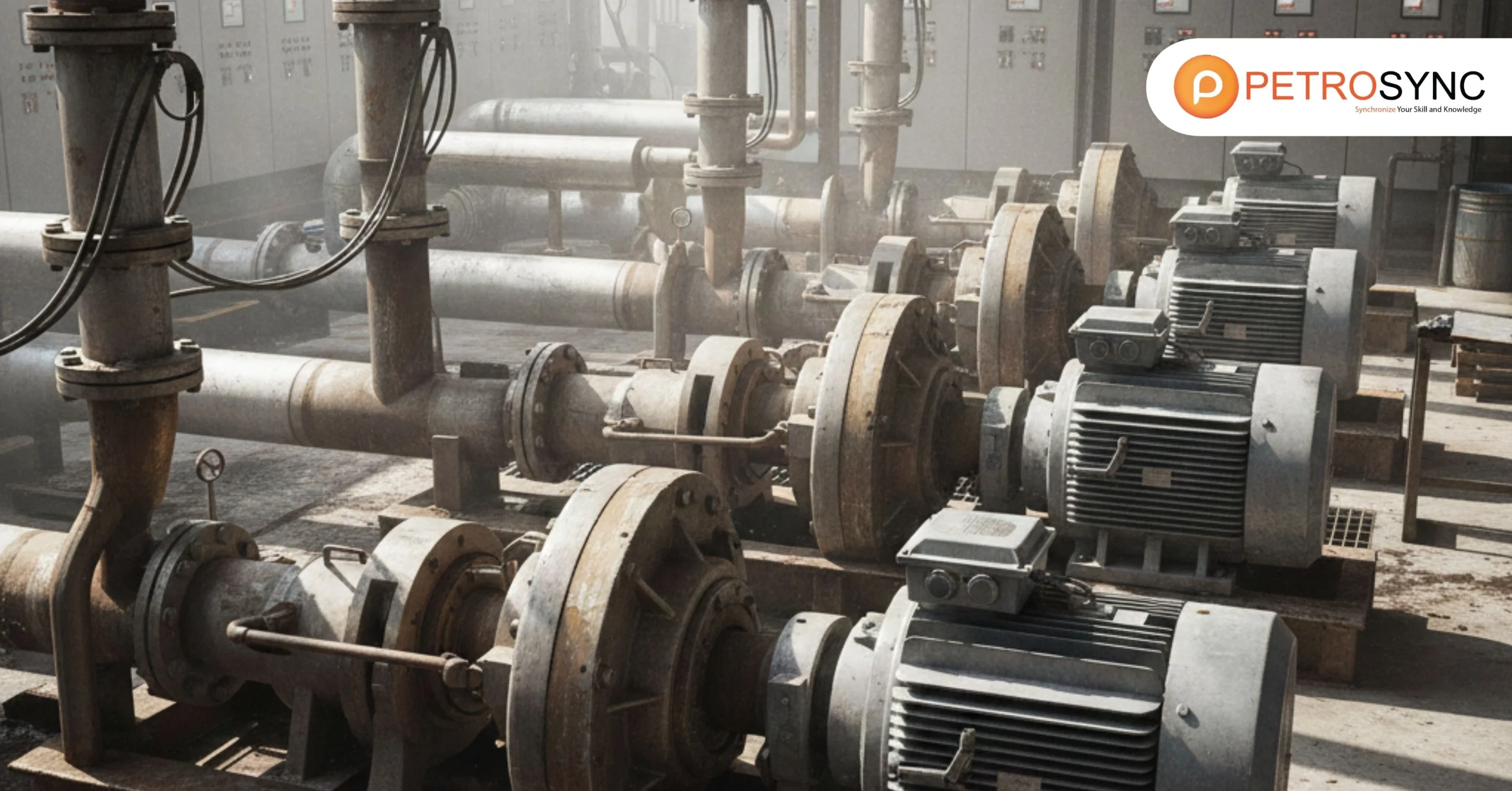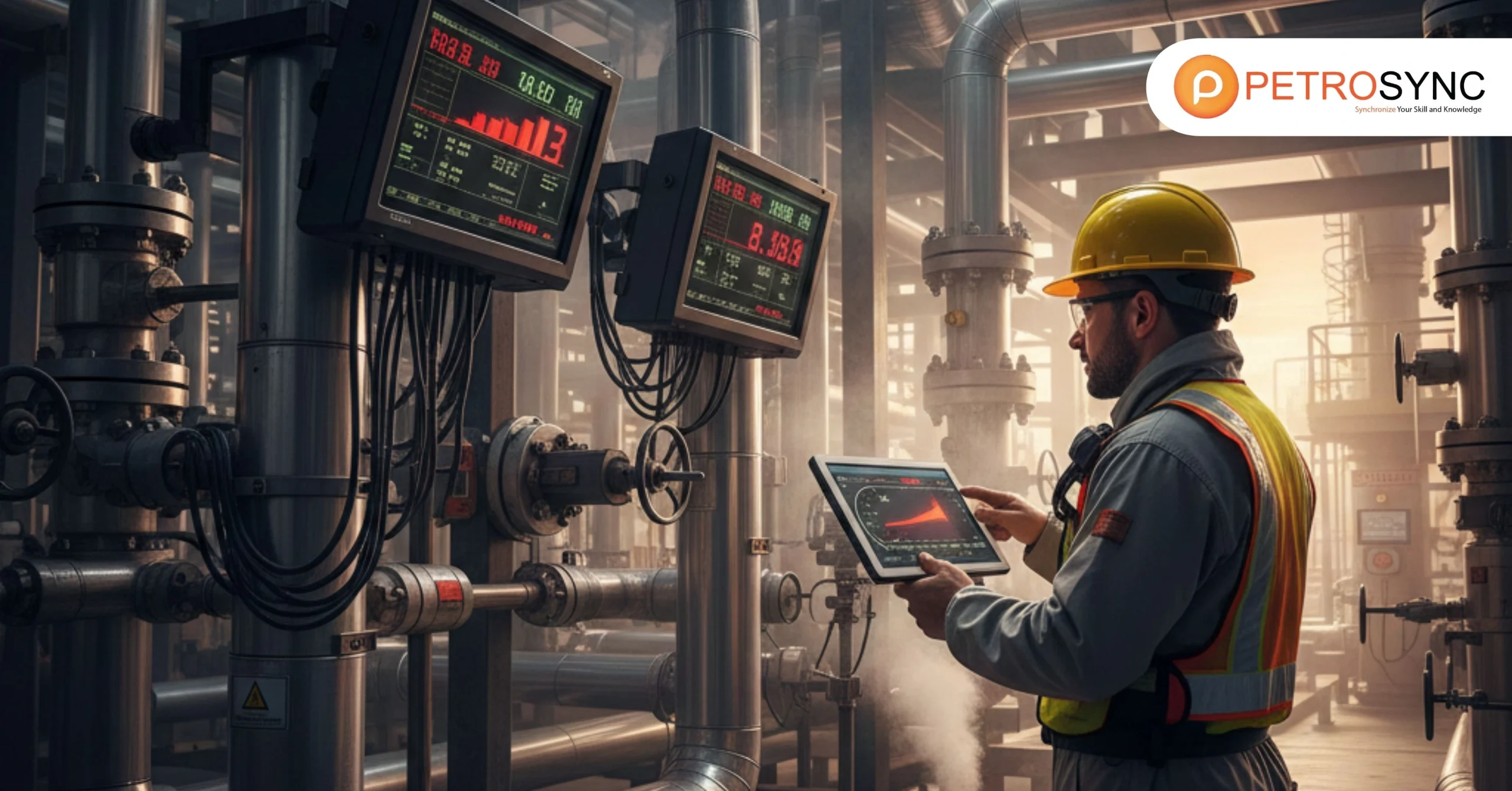API 570 performs a pivotal characteristic in the oil and fuel corporation as a trend for the in-service inspection of piping systems. For plant managers, senior engineers, and decision-makers, analyzing this cutting-edge is integral for keeping asset reliability, minimizing downtime, and meeting compliance expectations.
In a high-risk and capital-intensive environment, even the smallest failure in piping structures can end up resulting in enormous economic losses and security risks. That’s why extra specialists are actively pursuing structured API 570 coaching to raise their technical advantage and make sure their agencies function at top efficiency.
This information explores the whole lot you want to comprehend about API 570 — along with examination structure, scoring, associated certifications, and how the proper coaching can liberate actual enterprise value.
What Is API 570?
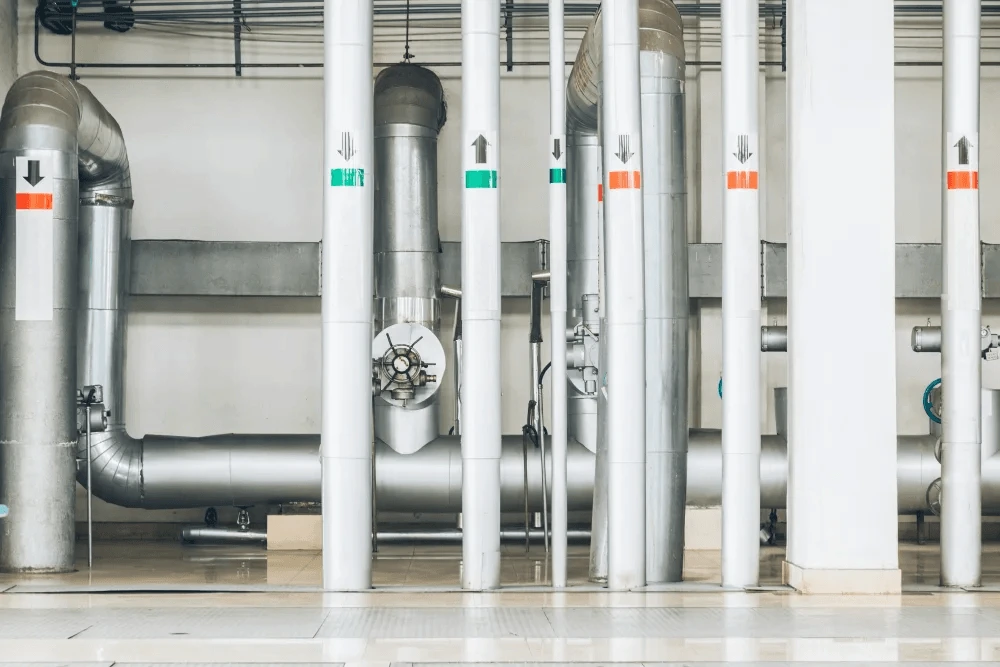
(Credit: Freepik)
API 570 is a certification program created by the American Petroleum Institute for professionals who examine, appraise, repair, and modify operational pipeline systems. This certification is highly regarded in industries that rely heavily on piping system integrity, such as oil refineries, chemical plants, and gas processing facilities.
API 570 indicates that the certifier possesses the necessary competence to ensure that the piping system runs safely and efficiently in compliance with the strict criteria established by API and other regulatory organizations.
What Is The Scope of API 570?
The API 570 standard covers a wide range of operations linked to piping systems that are now in operation or will be re-operated. The standard includes routine inspections, evaluations for operational feasibility, corrosion, and good repair structures.
This API 570 certification covers standards and processes for determining the remaining usage of piping components, as well as criteria for upgrading and reevaluating existing systems. Besides, PetroSync’s API 570 training ensures that inspectors have earned credentials relating to the standards required to maintain the integrity and operational safety of the pipe system.
How To Get API 570 Certification?
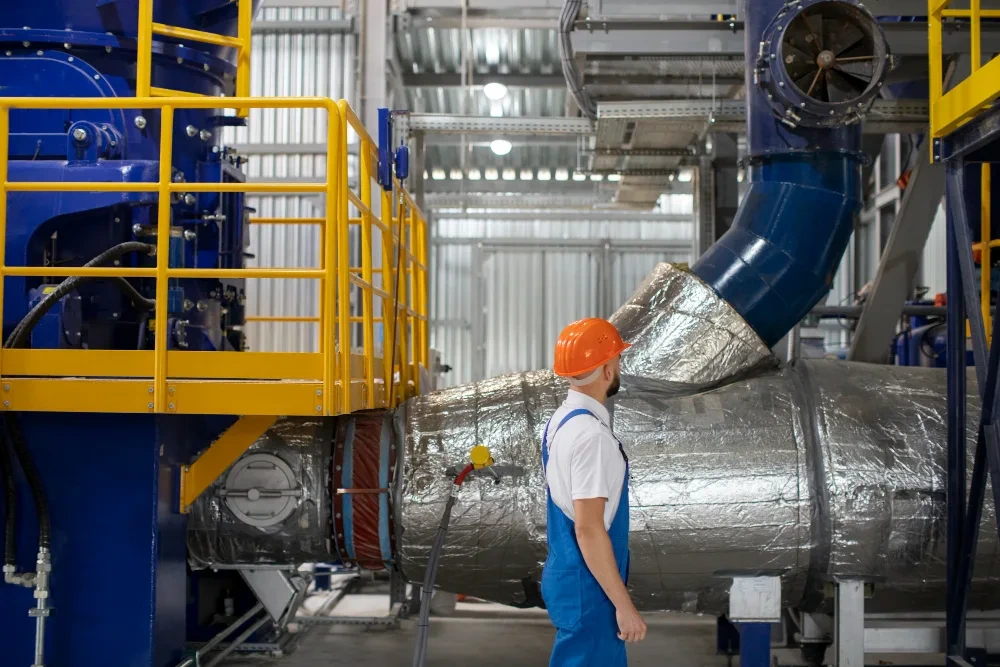 Certified Piping Inspector usually holds API 570 Certification (Credit: Freepik)
Certified Piping Inspector usually holds API 570 Certification (Credit: Freepik)
1. Meet API 570 Requirements
Before applying for certification, ensure that you meet API’s educational and professional experience requirements. These criteria differ according to your level of education and expertise in the field. Depending on their educational background, candidates typically require at least 2 years of experience dealing with operational piping systems.
2. Prepare Your Employer’s Information
As part of the registration process, you will be required to supply specific information about your employers and work history. This includes the types of projects you’ve worked on, the exact jobs you’ve held, and how long you’ve been in those positions. This information is critical for the API to verify that you have the necessary experience for certification.
3. Prepare Your Documentation
Collect any required evidence to support your registration, including copies of degrees, diplomas, and employment records. These documents should clearly illustrate your qualifications and expertise with pipe inspection. The completion of your paperwork will make the registration procedure faster.
4. Wait for Your Application Approval
Once you’ve submitted your registration, the API will review it. This process can take a few weeks, so please be patient. Once your registration is approved, you will be able to arrange your exam. API will send you an email with the status of your registration and the other steps you need to take.
5. Regularly Check Your Email
Throughout the registration process, make sure to check your email for API updates. They will provide you critical information about your registration status, exam timing, and any other requirements you may need to complete. Staying on top of these conversations will help guarantee that the certification process goes well.
How To Study For API 570?
Preparing for the API 570 exam demands a systematic approach. Begin by examining the API 570 Body of Knowledge, which outlines the topics to be evaluated. It is also crucial to learn key API and ASME norms and standards, as these serve as the foundation for the questions you may encounter. Many professionals benefit from taking a structured training course.
How Hard Is the API 570 Exam?
The difficulty level of the Piping Inspection test varies according to your experience and preparation. This test assesses both your understanding of technical standards and your ability to apply that information in real-world circumstances.
While it can be difficult, especially for those new to the industry, careful planning can make a big difference. Using all available resources, including study guides, practice questions, and training courses, can help you get the confidence you need to succeed.
What Are API 570 Study Materials?
1. API 570 Body of Knowledge
The API 570 Body of Knowledge serves as a roadmap to the exam. It describes the subjects to be tested and provides information on the level of knowledge required for each topic. This document is intended to guide your research schedule and ensure that you cover all of the necessary topics in order to pass the API 570 exam and become certified.
2. API Publications
API publications, especially the API 570 standard, are invaluable resources for exam preparation. These documents provide detailed technical guidance and best practices. Review these publications regularly to stay updated on certification requirements.
Reviewing these API Publications is essential to pass the exam and ensure piping system safety and reliability.
- API 570 Standard.
- API 571 Recommended Practice.
- API 574 Recommended Practice
- API 577 – Recommended Practice
- API 578 Recommended Practice.
3. ASME Publications
In addition to the API standard, the exam will test your knowledge of the key ASME codes, particularly those concerning pressure vessel and pipes. As such, you should be quite familiar with the publications. The technical specifications and requirements for piping inspections are available for examination prior to the exam.
Is API 570 Training Worth It?
API 570 training is a good investment for people wishing to develop their careers in pipe inspection. Structured training offers in-depth topic coverage, expert insights, and practice tests to assess your readiness. These courses boost your exam success and enhance your real-world piping inspection skills. Given the job options available with API 570 certification, the investment in training is highly worthwhile.
Ensure the Safety and Efficiency of Your Piping with API 570 Certification by PetroSync
PetroSync provides API 570 training based on industry standards, which encourages the recognition of the standard of acceptability for service when evaluating piping systems during a 5-day period. Mr. Chintamani is the field’s expert and has vast expertise.
API 570 training prepares inspectors to reduce downtime and improve piping system reliability. Join and book your spot at API 570 training with PetroSync and pipe system professionals.

Results-oriented and thorough SEO specialist with extensive experience in conducting keyword research, developing and implementing digital website promotion strategies and plans, managing campaigns to develop company websites in the digital world, excellent knowledge of marketing techniques and principles, and attentive strong attention to detail.



